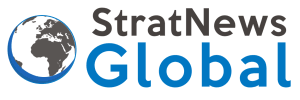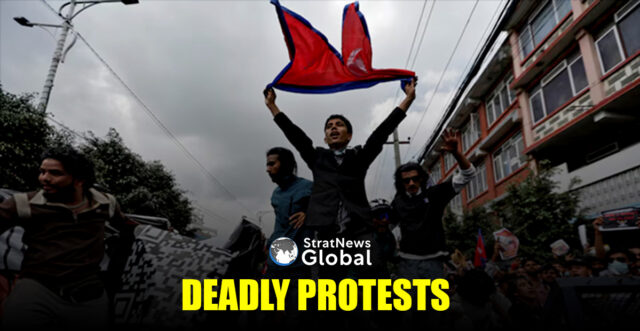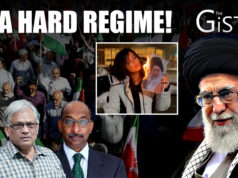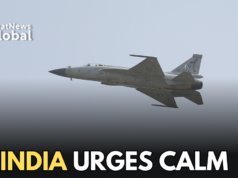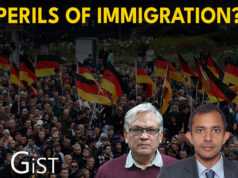At least 16 people were killed as Nepal‘s police used tear gas and rubber bullets to disperse youths attempting to storm parliament on Monday during protests against a social media shutdown and alleged government corruption, reports said.
Nepal blocked access to several social media platforms, including Facebook, last week after they failed to register with authorities in a crackdown on misuse.
The government said social media users with fake IDs have been spreading hate speech and fake news, and committing fraud and other crimes via some platforms.
Authorities imposed a curfew around the parliament building after thousands of protesters tried to enter the legislature by breaking a police barricade.
‘Unconfirmed’ Death Toll
At least 16 people were killed and hundreds of others were injured in the clash.
However, according to state-run Nepal Television, one person died and more than 50 were injured in the trouble, while other local broadcasters reported that at least six people had died.
There was no official confirmation of the deaths and injuries, and neither Reuters nor IBNS could independently verify the figures.
Several protesters were injured and taken to a nearby hospital, a Reuters witness said. A group of protesters stopped a security vehicle heading towards parliament, and an ambulance was set on fire, they added.
Ekram Giri, a spokesperson for Nepal’s parliament, said some protesters entered the parliament premises but did not reach the main building. They had been driven out by police and had assembled on the road outside, he said.
“We have imposed a curfew which will remain in force until 10 p.m. local time (1615 GMT) to bring the situation under control after protesters began to turn violent,” Muktiram Rijal, a spokesperson for the Kathmandu district office, told Reuters.
Police had orders to use water cannons, batons and rubber bullets to control the crowd, Rijal said.
The curfew had been extended to Kathmandu’s Singha Durbar area, which includes the prime minister’s office as well as other ministries, the residence of the prime minister and the president’s house, Rijal said.
Protests In Other Cities
Police said similar protests were also organised in Biratnagar and Bharatpur in the southern plains and in Pokhara, gateway to the world’s 10th highest mountain, Mount Annapurna, in western Nepal.
Earlier on Monday, thousands of youths, including students, many in their school or college uniforms, were stopped by police from marching towards the parliament building, where demonstrations are not allowed.
Protesters carried the national flag and placards with slogans such as “Shut down corruption and not social media”, “Unban social media”, and “Youths against corruption”, as they marched through Kathmandu.
Television visuals showed some protesters throwing projectiles at police personnel who were dressed in riot gear and huddled in one place as smoke from tear gas shells filled the street. Protesters also pushed against police barricades and brought them down.
Corruption And Social Media Crackdown
Many people in the Himalayan nation think corruption is rampant, and the government of Prime Minister K.P. Sharma Oli has been criticised by opponents for failing to deliver on its promises.
Nepal’s social media shutdown comes as governments worldwide, including the U.S., EU, Brazil, India, China and Australia, take steps to tighten oversight of social media and Big Tech due to growing concern about issues such as misinformation, data privacy, online harm and national security.
Critics say many of these measures risk stifling free expression, but regulators say stricter controls are needed to protect users and preserve social order.
About 90% of Nepal’s 30 million people use the internet.
(With inputs from Reuters and IBNS)
